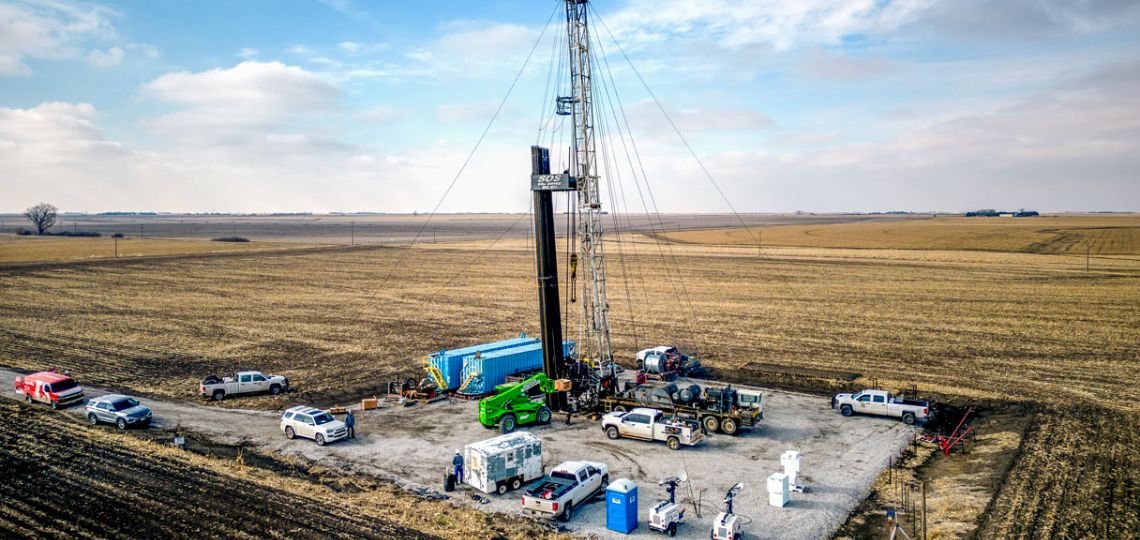Unveiling the Potential of Native Hydrogen: A Geologically Sourced Energy Revolution
Key Ideas
- Native hydrogen, sourced geologically, offers a potentially vast and long-lasting supply, attracting interest from energy industry players.
- Companies are employing oil sector techniques like drilling to locate and assess these hydrogen deposits, with a focus on purification methods.
- Costs and profitability estimates vary due to geological complexities, emphasizing the need for further research and technological advancements.
- Financial groups are eyeing partnerships to develop production centers, while market outlook relies on establishing safety standards and legislative support.
Native hydrogen, often called white hydrogen, is gaining prominence for its geologically sourced nature, distinct from green and gray hydrogen production methods. The United States Geological Survey (USGS) and other organizations are studying the global potential of native hydrogen buried in the Earth's crust, estimating billions of tons available. While data on native hydrogen is inconsistent, regions like oceanic ridges and ancient cratons hold significant quantities of dihydrogen generated naturally. Companies are using drilling and oil industry techniques to confirm the presence of these hydrogen deposits and explore extraction methods.
Research programs are focusing on the chemical composition of collected fluids and tackling challenges like separating hydrogen from other gases. The continuous supply model of native hydrogen, not reliant on massive energy inputs, attracts investors looking to diversify gas supplies. However, profitability estimates vary based on reservoir depth, rock quality, and logistical factors.
Specialized exploration companies are documenting findings, revealing high hydrogen concentration ratios in wells. Financial groups are interested in native hydrogen deposits, emphasizing safety standards and legislative advancements for market growth. Academic research delves into natural hydrogen formation mechanisms like serpentinization and radiolysis, fostering collaborations between labs and industry players.
Drilling programs are ongoing in regions worldwide, confirming hydrogen presence and guiding sector adaptations. The shared industry goal is to reduce economic risks through scientific advancements and targeted exploration. The potential for localized production to meet regional demands and the consideration of hydrogen exports are shaping the future landscape of the native hydrogen sector.
Topics
Production
Market Outlook
Operational Challenges
Geological Resources
Regulatory Adjustments
Field Studies
Reserve Stability
Scientific Collaborations
Sectoral Adaptations
Latest News
